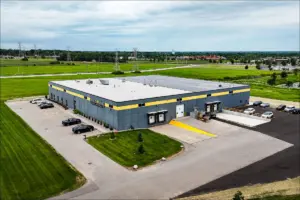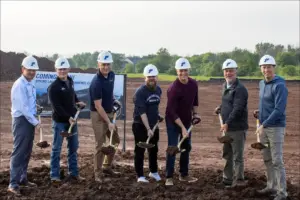Snow, blustery conditions, and extreme cold are all harsh realities of living in northern states. When it comes to construction, the term “winter conditions” takes on a whole new meaning.
In construction, “winter conditions” refers to specific budget line items added to accommodate increased fuel, material, and labor expenses related to activities during the coldest months of the year.
The most challenging activities to complete when the weather turns nasty involve site excavation and setting foundations. During winter, ready-mix suppliers typically heat their aggregates and water and deliver these materials to the job site using insulated boom pump trucks. They insulate the forms, then wrap them with insulating blankets, using tents and ground heaters after the pour to avoid thermal cracks. Inclement weather can also make conditions unsafe for workers, cause material and equipment transportation delays, or block access to a project site altogether.
On average, winter conditions appropriations can add five to seven percent to a project’s bottom line. Costs tend to be inversely proportional to the temperatures: the lower the temperatures, the greater the potential costs.
While not every consequence of weather can be prevented, Consolidated Construction works with your project team and can take steps to help avoid costly setbacks, and reduce or even eliminate the budget impact.
We can do ‘look ahead’ advanced planning, which allows us to consider accelerating construction activities or re-arranging them in order to mitigate the impact of winter conditions on your project. In doing so, we weigh scheduling considerations, potential financial impact on project costs, and the influence these adjustments could have on your overall business operations.
Even before budgeting or scheduling begins on a project, our team takes time to assess seasonal weather trends, and adjust your project schedule accordingly. For example, excavating and concrete work is best done in dry, mild weather. Interior work is ideal during the harshest winter months.
Next, we help put a plan in place for your team to respond if an unexpected weather event pops up. You can mitigate costs and get back on track by closing up buildings ahead of storms, ensuring adequate water access is set up, and shifting labor schedules.
With a little planning and good communication with your contractor, weather delays don’t have to put your project in the deep freeze.









Recent Comments